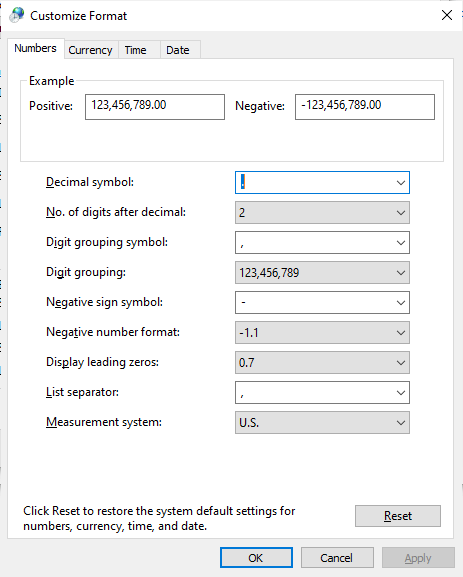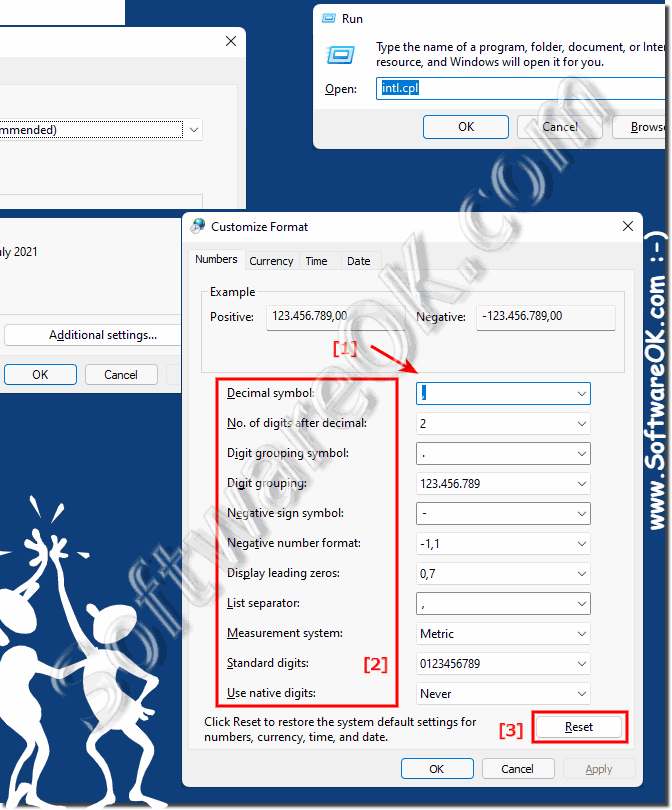

In the end, we showed you how to manually convert a given decimal number to its binary form in Excel. We also showed you how you can convert a binary number back to the decimal system, as well as how you can convert to and from other number systems, like Octal and Hexadecimal. In this tutorial, we showed you how to use the DEC2BIN function to convert decimal numbers to binary. This explains the formulae we used in steps 2-7.īut what about the big formula of Step 9? =CONCATENATE(TRANSPOSE(INDEX(C2:C6,N(IF(,ROWS(C2:C6)-ROW(C2:C6)+MIN(ROW(C2:C6)))))))Īfter pressing F9 and removing curly brackets:Īnd there you have it! Imagine how much hard work the DEC2BIN function saved you! So, if you want to convert the number in cell A2 into its binary form, simply use the formula: =DEC2BIN(A2)Ĭonverting a number from decimal to binary mainly involves finding the remainder by successively dividing the decimal number by 2 till you obtain 0 as the quotient.

It returns the same number converted to the Binary number system.

This function takes just one input, which is a decimal number or a reference to the cell containing a decimal number. To convert decimal numbers to binary in Excel, you can use the DEC2BIN function. There are a certain set of rules to convert numbers from one system to another.Īlthough we will not go over too many details of this system, we will show you how to take advantage of Excel’s functions to quickly convert numbers from one system to another in the following sections. The hexadecimal system, for example, is commonly used in representing colors. In the same way, there exist other number systems, like octal, hexadecimal, etc. Similarly, computers and machines represent numbers in discrete ‘bits’ of information, where each bit is either a 0 or a 1.Īs such, computers and machines are said to use the Binary number system. It is known as the Decimal number system since it has a set of 10 digits to represent any number. The decimal number system uses different arrangements of digits from 0 to 9 in order to represent different quantities. There are a variety of ways that numbers can be represented in this universe, out of which the most common representation is the decimal number system. Converting to Decimal to Binary ManuallyĪ number system is a system of representing numbers.Go to the Number tab (it is the default tab if you havent opened before). Converting Decimal to Other Formats like Octal and Hex Format Press Ctrl+1 or right click and choose Format Cells to open the Format Cells dialog.Converting Binary Number back to Decimal in Excel.It seems that what you'd like to have is a BESTX format, but since we don't have that, you may have to find some other workarounds. I can't think of a solution using SAS-supplied formats. Since you said that you were exporting from WRS, your best bet for help might be to contact Tech Support.

Produces this output.where you can see that numx without a 'd' is working the same way that the w.d works without a 'd'. You will find a variety of formulas to change time to hours, minutes or seconds as well as convert text to time and. It seems to me that everything is working as designed. The tutorial demonstrates different ways to convert time to decimal in Excel. If d is 0 or you omit d, w.d writes the value without a decimal point. The w.d format rounds to the nearest number that fits in the output field. The NUMXw.d format is similar to the w.d format except that NUMXw.d writes numeric values with a comma in place of the decimal point.Īnd then, if you look at the doc for the w.d format: NUMX format is closer to the w.d format - NOT the BEST.


 0 kommentar(er)
0 kommentar(er)
